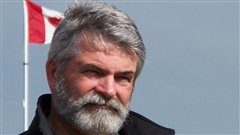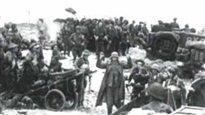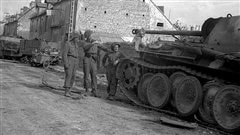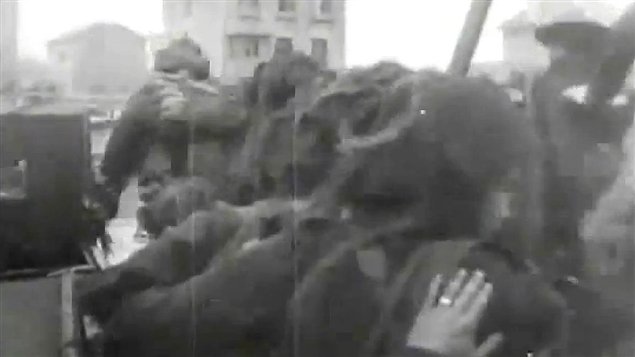Many hundreds if not thousands of books and films have been created about the D-Day landings of the Second World War. However, British and American works tend to focus exclusively on their role, and American films especially tend to sensationalize the US role.
Canada however played a critical and vital role in all aspects of the war, including D-Day
Professor Marc Milner PhD, is an award winning author, historian, and Director of the Milton Gregg VC Centre at the University of New Brunswick. He would like people to be more aware of Canada’s role and contribution..
Listen
Professor Milner points out that in the original D-Day landings, Canadians were to take the lead in planning and execution of the invasion.
Domestic and international politics forced Canada’s top officer, MGen Andrew McNaughton back to Canada, although Canadians remained principle players in the invasion scheme and were tasked with halting the expected major tank-led German counterattacks
On D-Day, Canadians had made it the furthest inland of all the Allies and did so against very stiff resistance from an entire German division. The Canadians later faced one of the most decorated and successful tank commanders, Kurt Meyer.

Professor Milner points out that when legendary German Field Marshall Rommel was able to rush to Normandy on June 8 (D-day +2) to assess the situation , he did not go to the British or American fronts, but instead went first to the Canadian sector which he had earlier indicated would be a crucial region to stopping an Allied landing and advance
Professor Milner says the Canadian action against the repeated panzer attempts to break through them was crucial to breaking the original German defence and counterattack plans.

He points out the official Canadian war historian CP Stacey, was later not given full access to documents and so his account of Canadian actions and role resulted in some downplaying and of Canadian participation.
Postwar, the British and Americans meanwhile were playing up their roles, in a power struggle against each other to dominate the Allied forces during the subsequent Cold War and were not enthusiastic about diminishing their roles by sharing any of the “glory” with the Canadians or other Commonwealth or other Allied countries which have since received little attention.
Professor Milner says according the deserved credit to Canada would necessararily colour the perceived roles of the other major powers and as such its hard to modify such long held opinions in those countries.







For reasons beyond our control, and for an undetermined period of time, our comment section is now closed. However, our social networks remain open to your contributions.